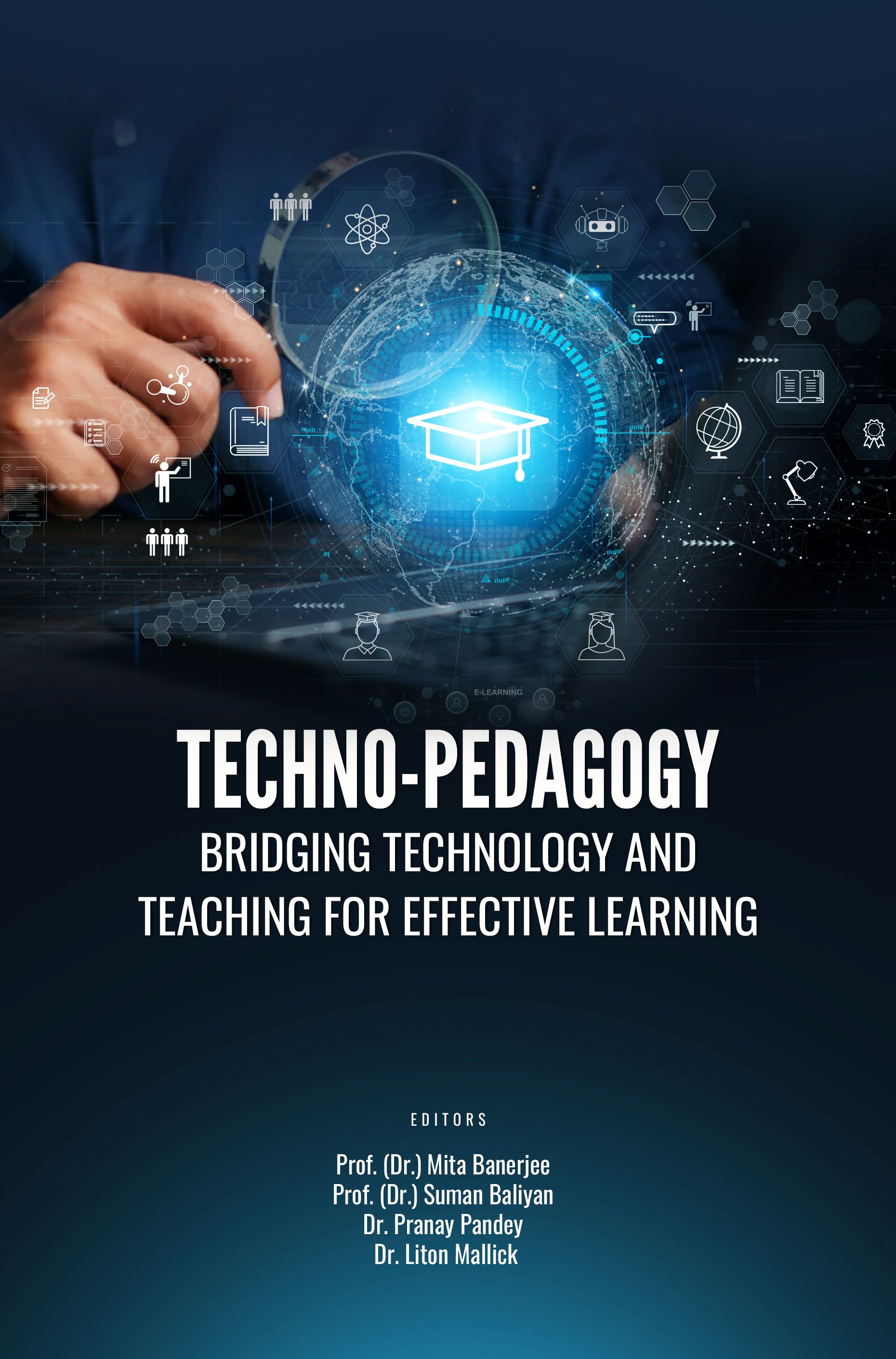EXPLORING THE ROLE OF DIGITAL COLLABORATIVE TOOLS IN EDUCATION TO ENHANCE 21ST CENTURY SKILLS
DOI:
https://doi.org/10.25215/9358097477.02Abstract
One of the areas where the environment of learning significantly changed due to the development of ICT relates to the more recent application of technologies for collaborative learning within higher education. Concomitant with such a change is that ever so more, students need to prove their competencies in the areas of digital literacy, critical thinking, creativity, and collaboration in such an environment. Among these are collaborative tools such as Slack, Trello, Asana, Dropbox, and Miro, to name a few. These platforms are for real-time communication, task management, and sharing of information at the workspace to promote teamwork. These productivity features foster an innovative culture and flexible working arrangements, which are highly beneficial both in learning and while at work. The gains notwithstanding, there are a number of defaults, among them being issues related to privacy of data held on the servers, cost of access for bigger teams, and limitations of some functionalities. Although the potential of digital tools is well recognized in enhancing collaboration, it further needs to be studied if they are effective in developing explicit skills for teamwork and collaboration. It is, therefore, very necessary that educators and employers alike recognize the abilities of digital tools and to optimize their use to benefit collaboratively. The article outlines the features of popular collaborative tools and gives an appreciation, considering their advantages and disadvantages, for impacting team dynamics and learning outcomes within digital environments.Published
2024-10-15
Issue
Section
Articles


